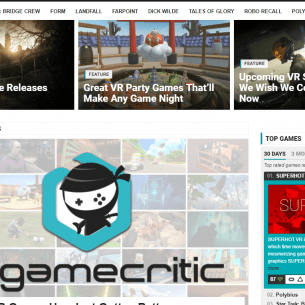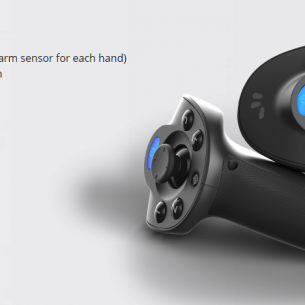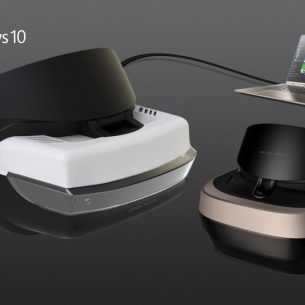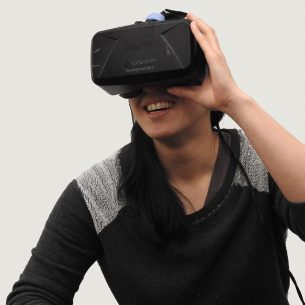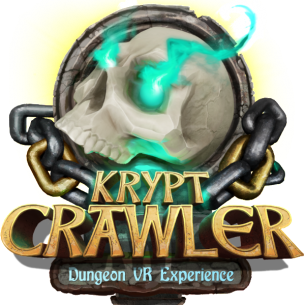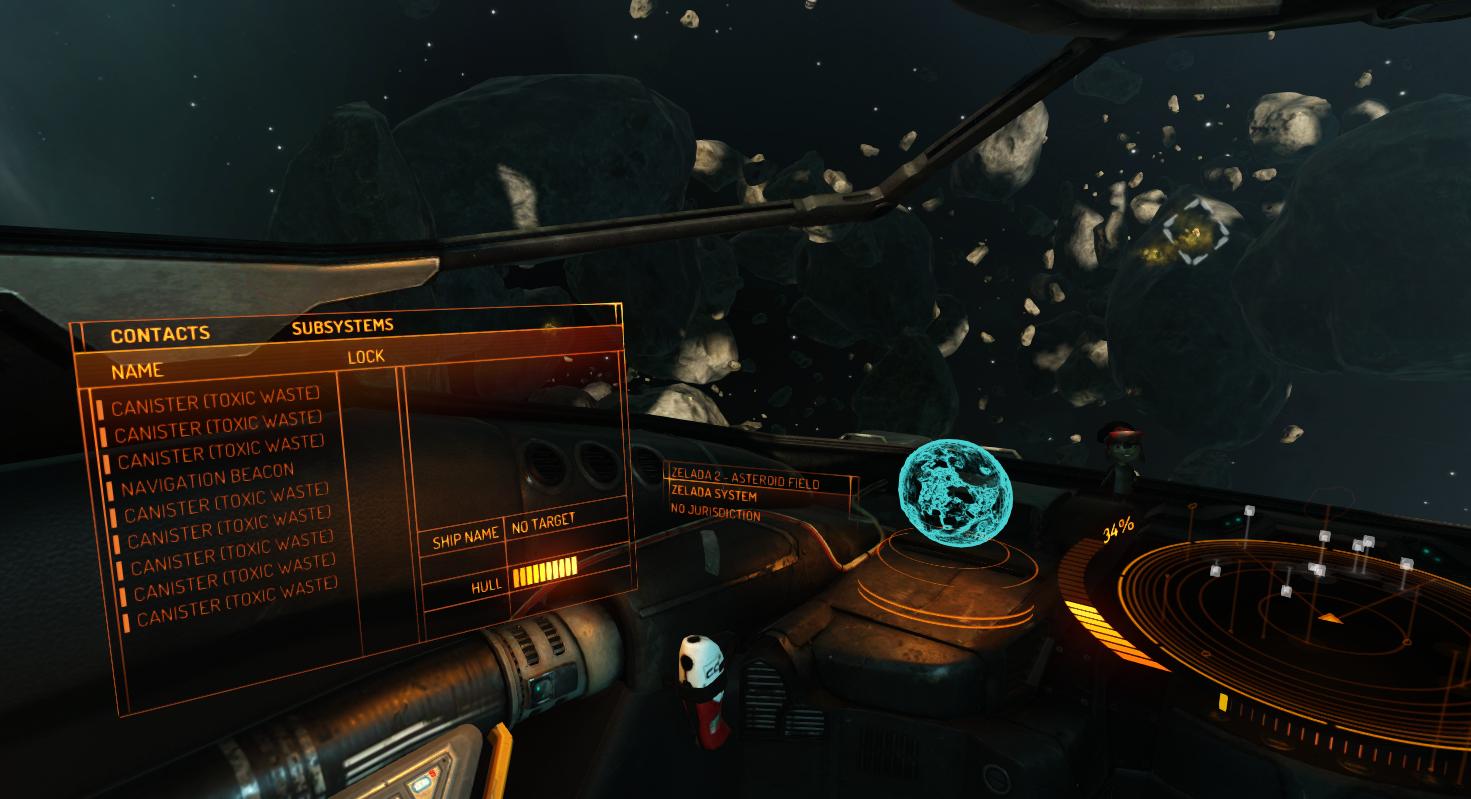Archive Post
Home / VR
Developer nDreams Brings Bloody Zombies to Xbox One, PS4, Oculus and HTC Vive This September
I probably lost you at the headline... Zombies and Virtual Reality? Is there a combination…
BrokenJoysticks Announces Partnership With vrgamecritic
Virtual Reality is an emerging technology that I am really passionate about and while our…
EVE Valkyrie Wormhole Update Now Live
CCP Games has rolled out a new major update to EVE: Valkyrie on both Windows…
CES 2017: An Up Close Look At Microsoft’s Windows 10 VR Initiative
It has been a few months since we last heard from Microsoft's Virtual Reality initiative…
Shift Controller To Offer Room Scale Like Experience Without Sensors
Virtual Reality motion controllers can add to the immersion of an interactive experience but setting…
Diner Duo | REVIEW
So far, in it’s short existence, the Vive has had an interesting selection of games.…
Microsoft Reveals Minimum Specs For Affordable VR Headsets
Remember those sub $300 USD virtual reality headsets that Microsoft announced would be manufactured by partners…
Microsoft Lowers The Barrier To Entry With $299 VR Headsets
At their New York technology showcase Microsoft announced that they will be supported VR in…
Rez Infinite | REVIEW
Rez Infinite is immensely difficult to review. It’s a daunting task, really. That’s not because…
The Next Product From Oculus: A More Affordable VR Headset
Virtual Reality has been all the buzz the last few years and 2016 has been…
GaymerX Year Four Preview: Luna
At last weekend's GaymerX Year Four, we had the chance to play Funomena's upcoming VR…
Snakebyte Announces A New Range of Controller Solutions & Accessories
Having a reliable controller is one of the most important aspects when it comes to…
KryptCrawler aims to bring dungeon crawlers to VR
We here at Brokenjoysticks love VR. Rae has her Razr OSVR, and Renee had both…
Elite Dangerous With Top Tier Gear Is A Whole New Galaxy of Fun
At E3 developers at Frontier and representatives from Thrustmaster invited me to check out the manufacturer's…
First time VR experience from a total newb featuring War Thunder VR and the HTC Vive
So while attending E3 this year I had the chance to check out the amazing…


